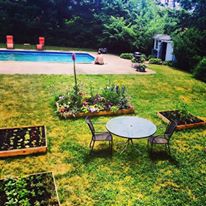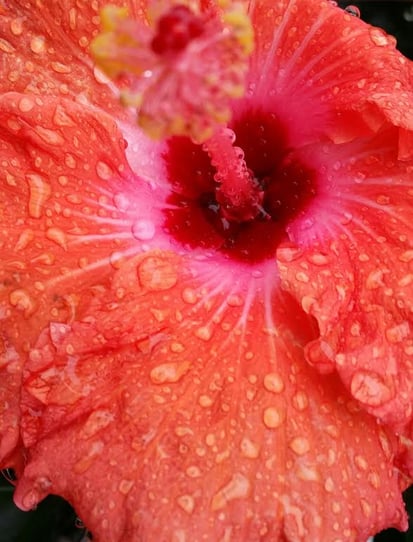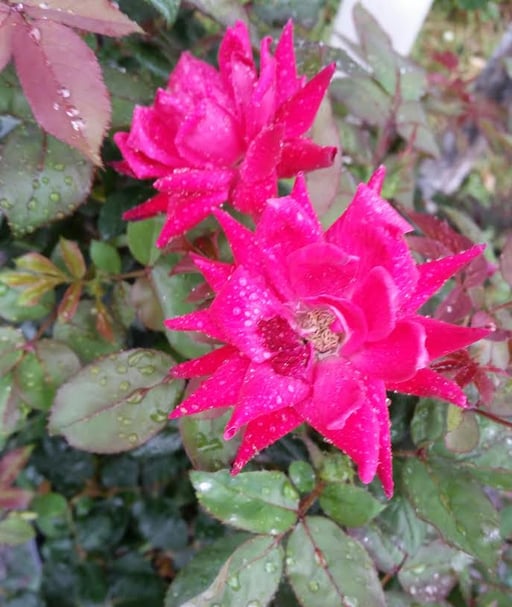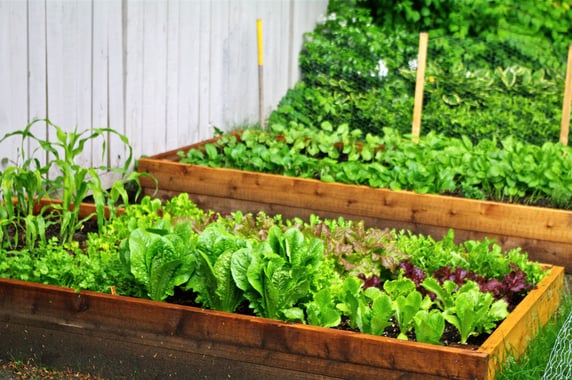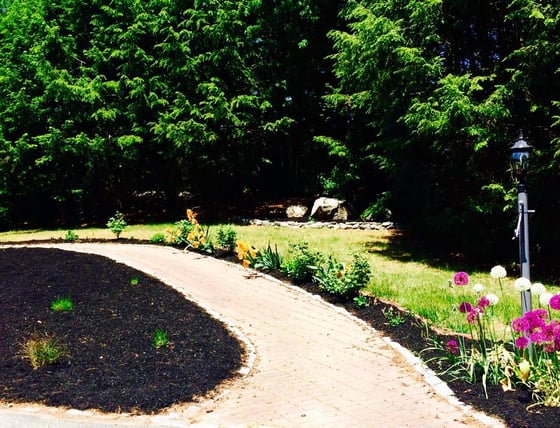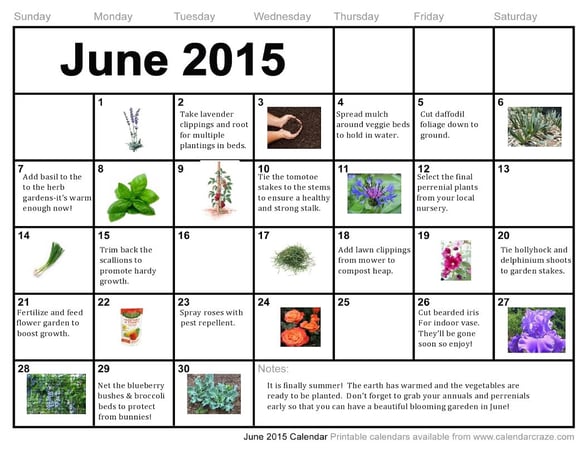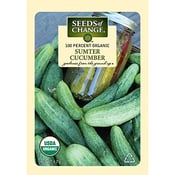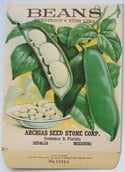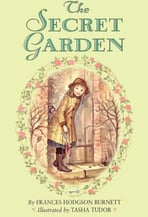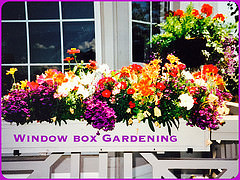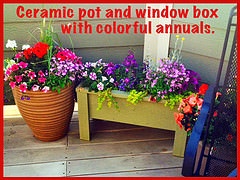We’ve all been there…
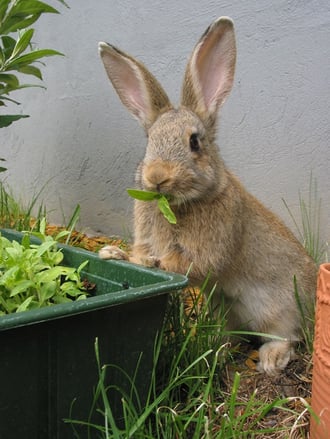
photo credit: gardenswag.com
Our gardens are just beginning to grow wildly from the heat and moisture that the summer season brings. Our squash plants are beginning to flower with brilliant yellow blooms and the broccoli heads are just about ready to make their debut. Pea pods are climbing the trellis and cucumber vines are curling their way around the edges of the raised beds. Your green thumb efforts are finally paying off with the anticipation of growing a hearty and delicious harvest.
That’s right about when it usually happens…
Somewhere, something has also discovered your bountiful vegetables and has decided to help them selves to an uninvited tasting! Your strong stalks of broccoli and cauliflower are nothing now but a few naked stems protruding through the earth. Those stunning yellow flowers of the zucchini have somehow disappeared into the night. Your cucumbers have been chewed, the strawberries picked over and even the green beans have been nibbled.
You’re furious. You feel violated. You want nothing more to find that varmint and give him a taste of his own medicine.
But wait. Did you know that there are flowers, herbs and other organic tips that you can use to stave off these pests without having to buy expensive and potentially harmful products? Try out these natural ideas and watch your gardens burst again with healthy livelihood!
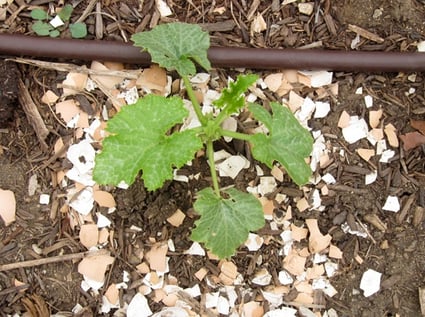
photo credit: schoolgardenweekly.com
Eggs Shells
Creepy crawlers such as slugs and snails can reek havoc on vegetable and flower gardens. A great way to get rid of them is to lay down a sharp path such as crushed eggshells on the floor beds surrounding the plants. They won’t like the tricky and dangerous course they’ll have to travel.
The Stinkier the Better
Many garden pests have something in common with humans and that includes their intolerance for certain smells. Create a border around your most victimized crops by planting yarrow, basil, mint, catnip or citronella and you’ll see that the scent will drive away unwanted eaters.
Flower Power
Rabbits can be an awful problem for many of us because they strike fast and leave little behind in their tracks. Try putting in flowers such as lantana and ageratum close to the vulnerable beds. These two varieties tend to block most critters since they detest their biological make up.

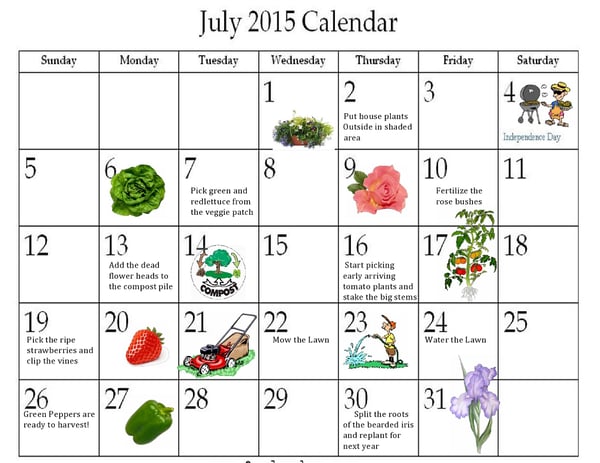 an easy reference guide for the novice, intermediate or expert gardener.
an easy reference guide for the novice, intermediate or expert gardener.
